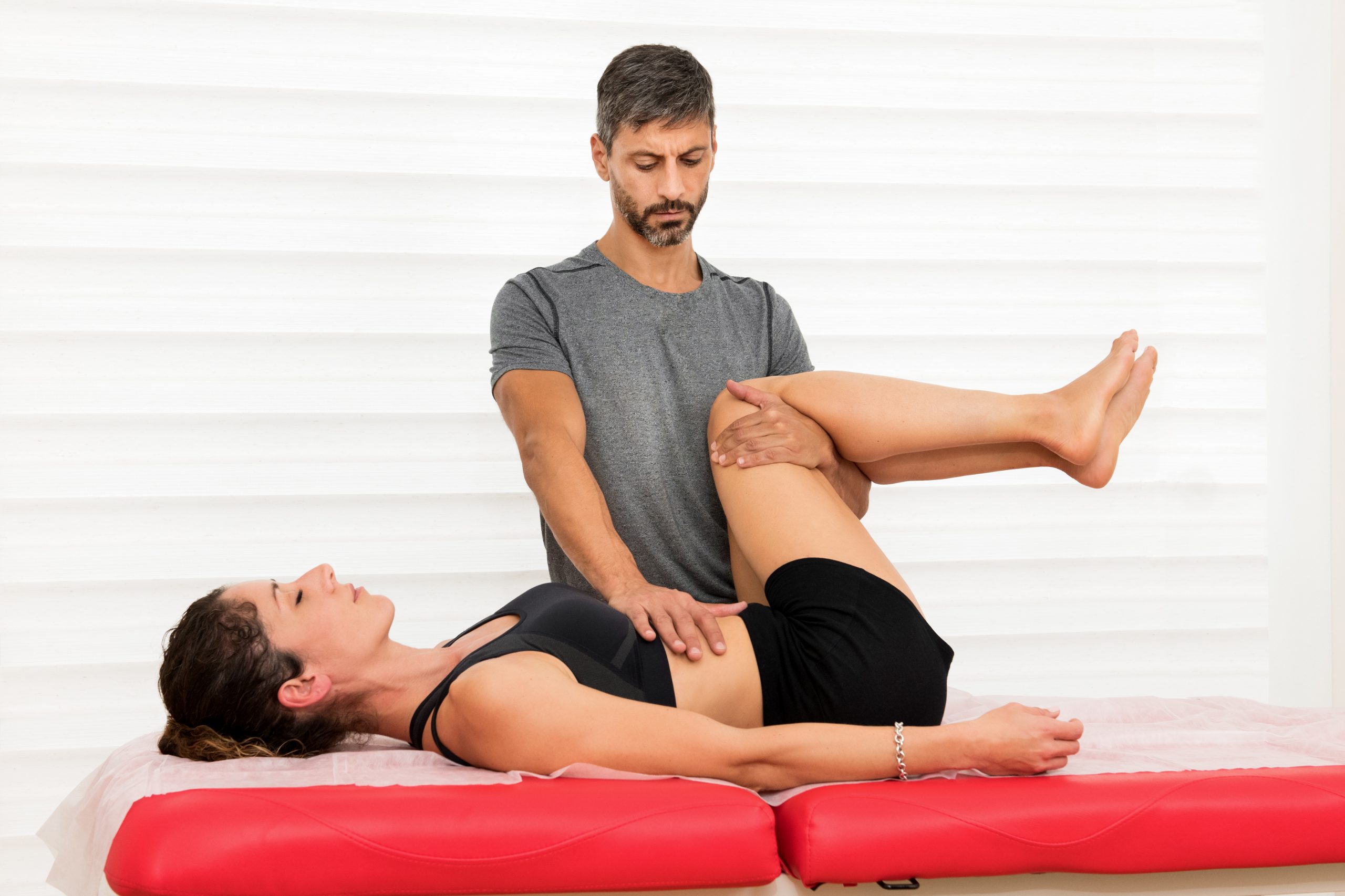Joint Mobilization
This is a therapy intervention that usually targets synovial joints to achieve a therapeutic effect. Carried out by a skilled therapist, it involves passive movement to decrease pain or increase joint mobility.


Joint Mobilization Overview
Joints are where two bones meet in the body. They are surrounded by soft tissue prone to injury and disease. Joint mobilization may become necessary following an injury to a joint which might cause a loss of motion or reduced motion. If not treated, the joint can degenerate and become immobile.
Joint mobilization works to reduce pain, relieve tension, and enhance flexibility at joints. By simulating normal joint function, it improves motion and mobility.
Any joint in the body can be mobilized if it is lacking in sufficient motion. Usually, the joints in need of mobilization are in the neck, upper, middle, and lower back, sacroiliac joints, shoulder, wrist, hand, hip, knee, foot, and ankle.
How it Works
In carrying out this exercise, the therapist will manually apply pressure on the affected part in a specific direction to enhance its mobility. Constant feedback will aid this from the patient about the level of comfort. There’s little or no pain in this process. Although it is usually carried out gently and slowly, it can be performed more aggressively for a pop effect. This improves the motion range and reduces pain.
Joint Mobilization
Benefits
Learn More
Therapy sessions are short, usually 20-30 minutes in length, and provide successful relief of chronic pain and restore mobility painlessly. Permanent relief typically begins 72 hours following treatments. Contact us today for a consultation.
